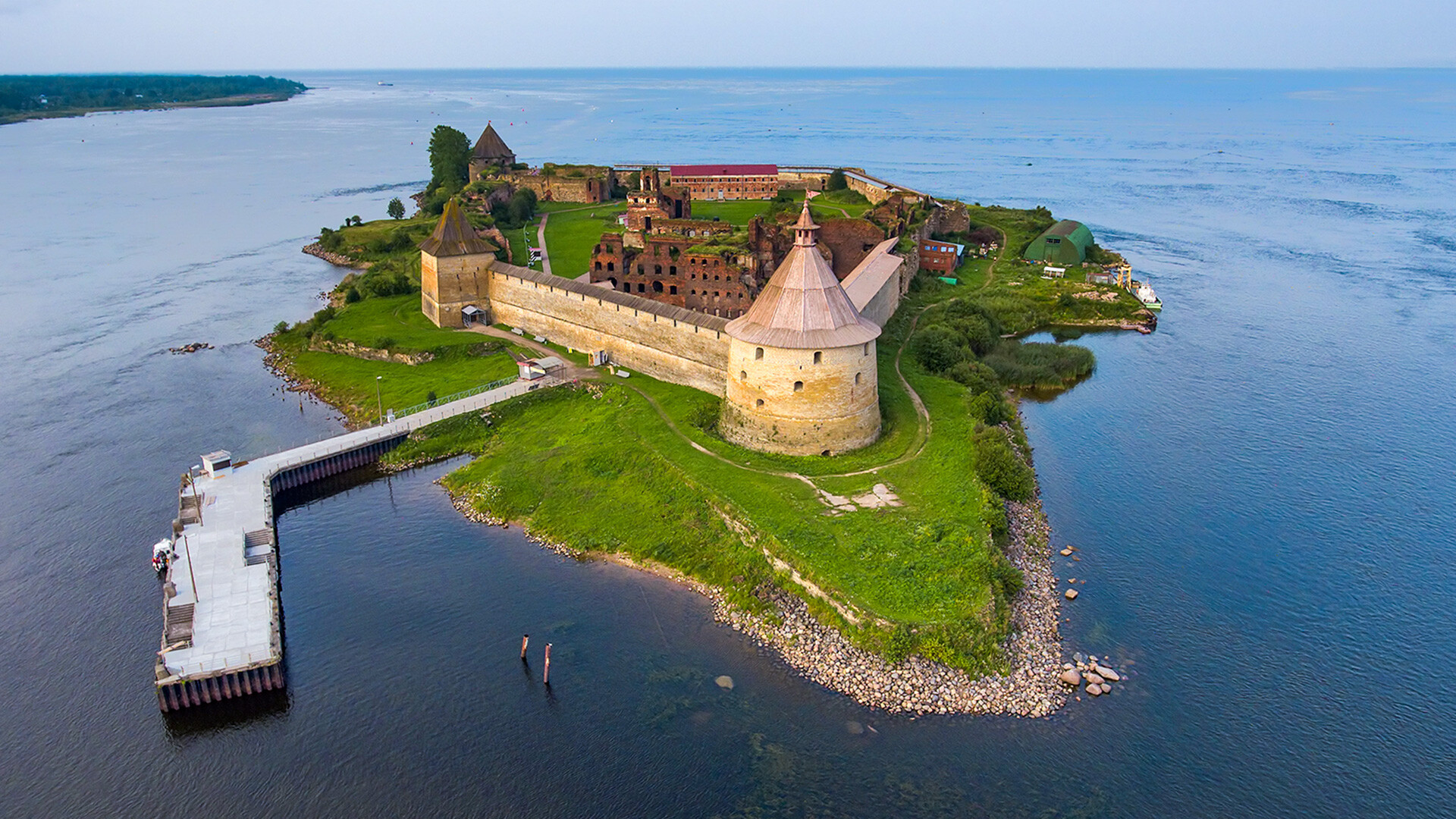
Then, it belonged to the Swedes, until, in 1702, it was finally conquered by Peter the Great, who renamed it Shlisselburg (literally "key-city").
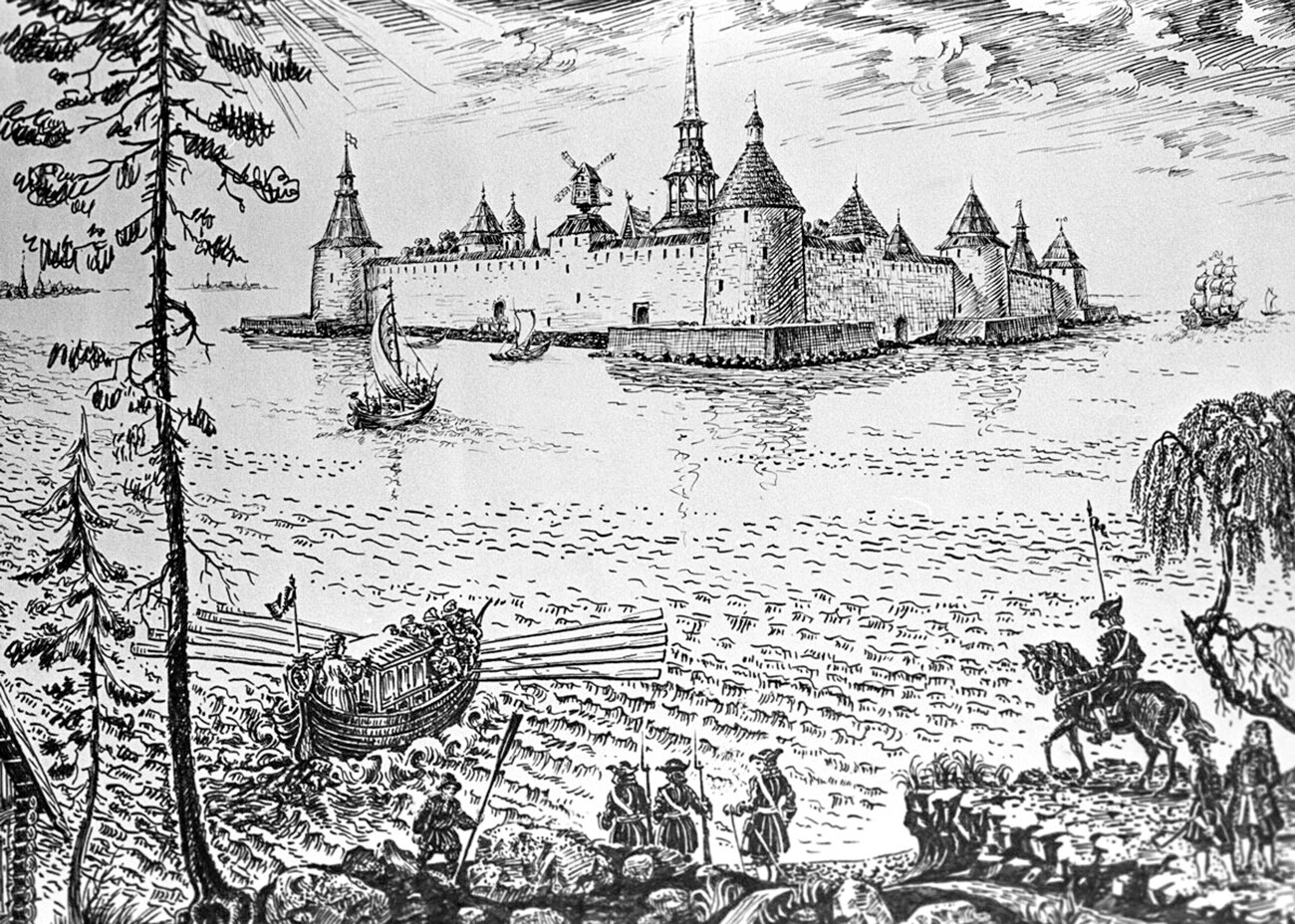
Under him, it received powerful defensive fortifications. The entrance to the fortress is located at right angles to the walls, which made it difficult to use a battering ram. From the inside, the entrance openings were closed not only with gates, but also with lowering metal grates. There were also moats with water and palisades around the fortress.
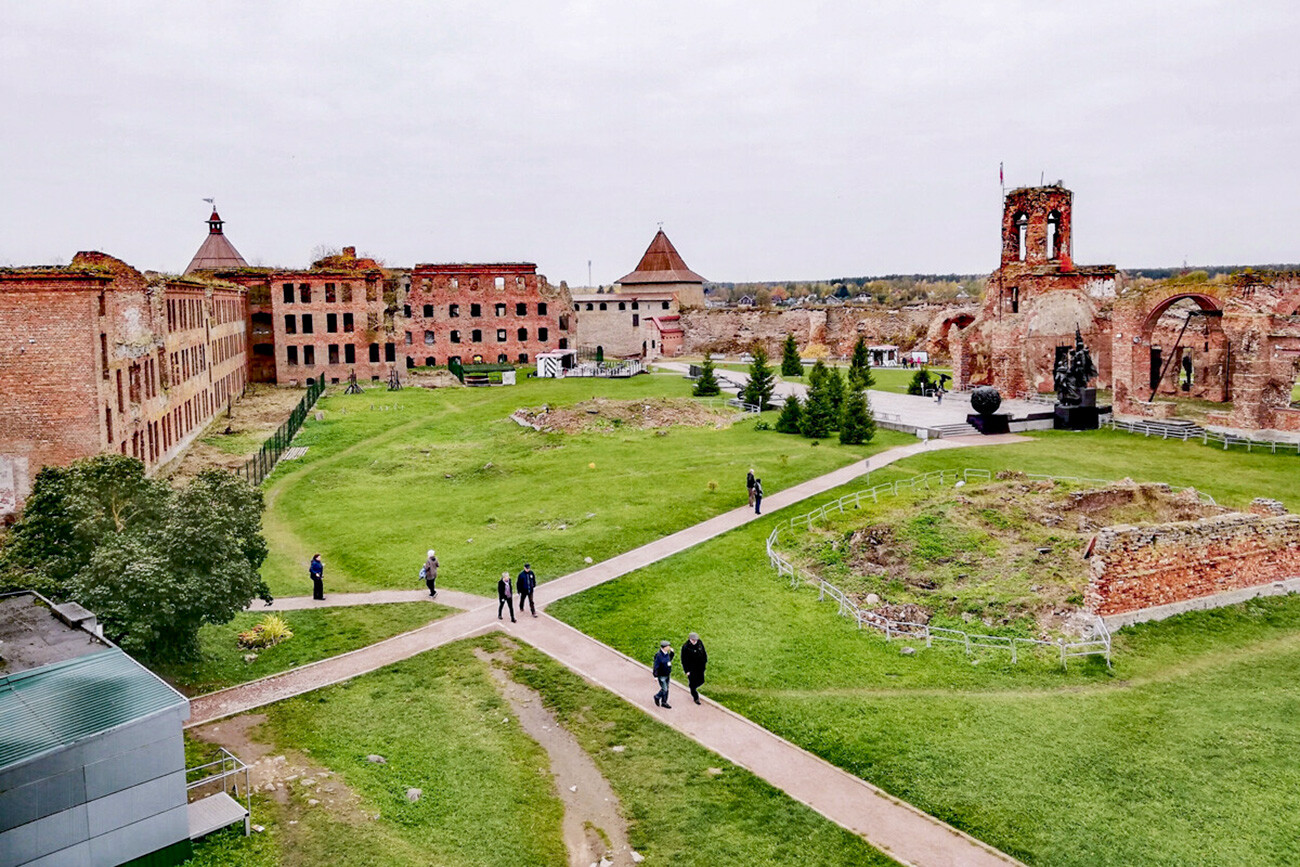
Since the 1720s, it was a prison for political convicts. Among them were Peter's first wife Eudoxia Lopukhina and the brother of revolutionary Vladimir Lenin. Because of this, the Oreshek fortress is sometimes nicknamed the ‘Russian Bastille’.
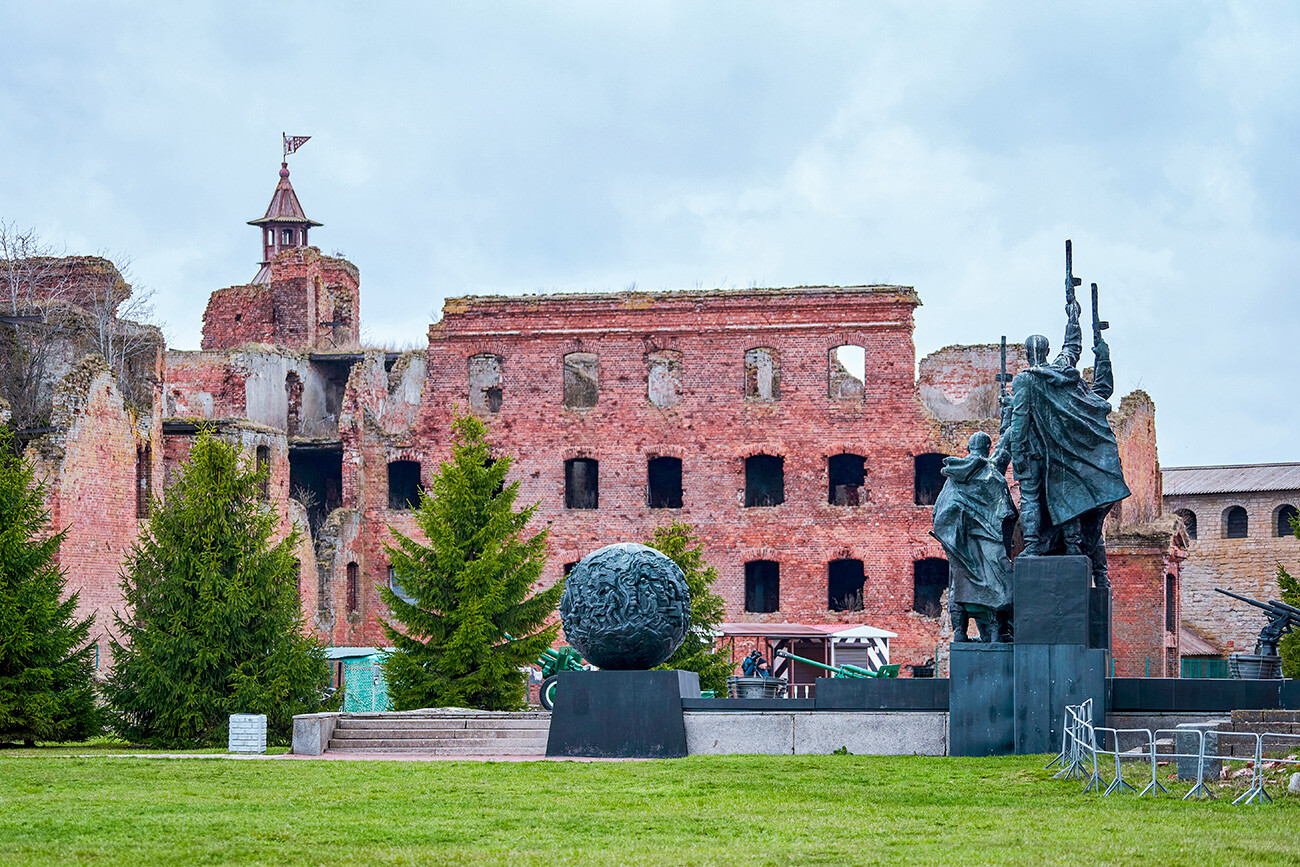
Now, the fortress houses a museum and you can reach it by boat from Shlisselburg.
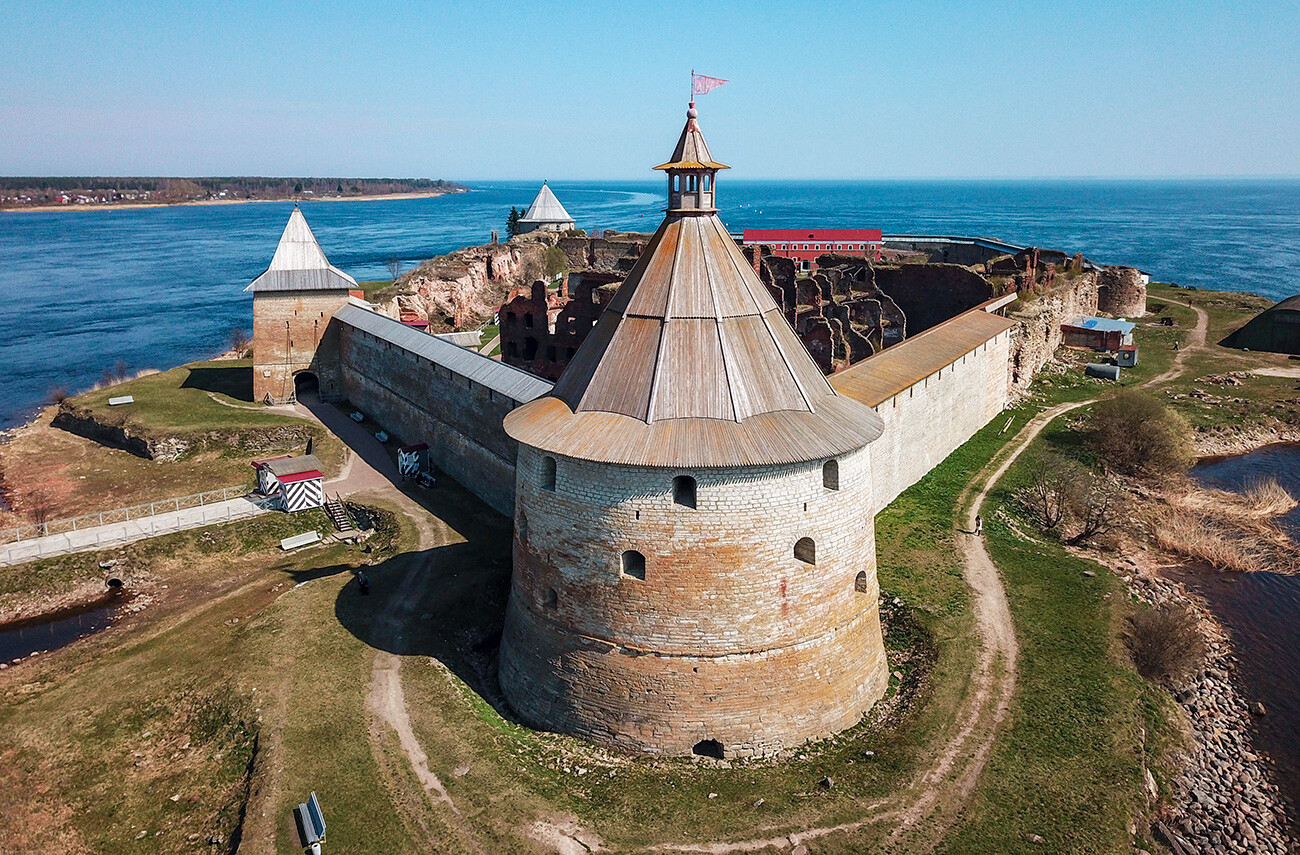
Dear readers,
Our website and social media accounts are under threat of being restricted or banned, due to the current circumstances. So, to keep up with our latest content, simply do the following:
If using any of Russia Beyond's content, partly or in full, always provide an active hyperlink to the original material.
Subscribe
to our newsletter!
Get the week's best stories straight to your inbox